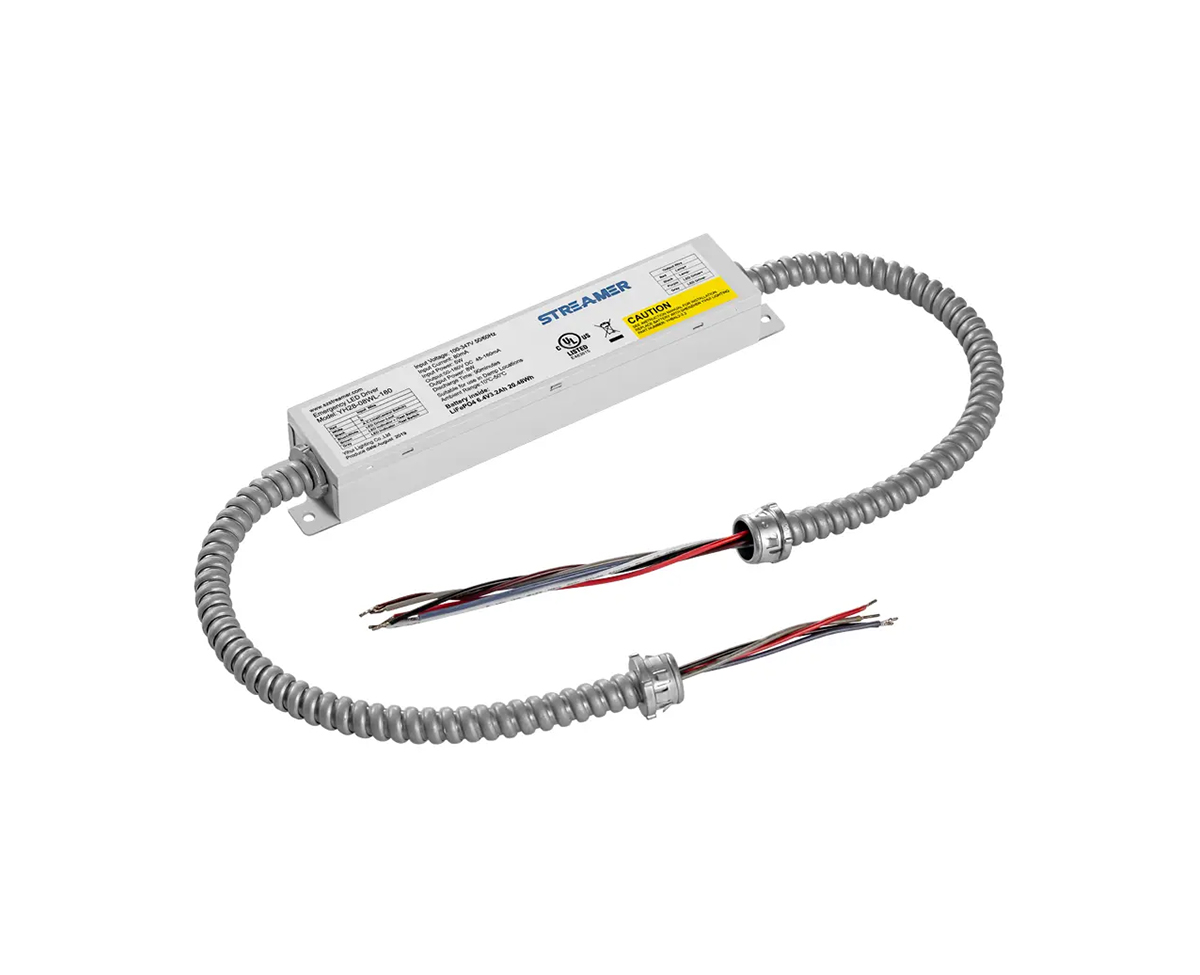 1
1
 Jun 06, 2025
Jun 06, 2025

The wind - solar complementary LED emergency converter represents a cutting - edge solution in emergency lighting technology, integrating the power - generation capabilities of wind turbines and solar panels to ensure reliable illumination during power outages or in off - grid scenarios. This converter combines the advantages of two renewable energy sources, enhancing energy availability and sustainability.
At the core of the system, the wind turbine captures the kinetic energy of the wind and converts it into electrical energy through electromagnetic induction. The blades of the turbine rotate in response to wind flow, driving a generator that produces alternating current (AC). Meanwhile, solar panels utilize the photovoltaic effect to convert sunlight into direct current (DC). Photovoltaic cells within the panels absorb photons from sunlight, exciting electrons and creating an electric current.
An energy management unit is a crucial component of the wind - solar complementary LED emergency converter. It monitors the power output from both the wind turbine and solar panels, regulating and storing the generated energy efficiently. When sunlight is abundant during the day, the solar panels are the primary power source, and excess energy can be stored in batteries. At night or during periods of low sunlight, if there is sufficient wind, the wind turbine takes over. In cases where both energy sources are available simultaneously, the energy management unit intelligently prioritizes and combines their outputs to maximize energy utilization.
The stored energy in the batteries is then converted and regulated by the LED emergency converter to power the LED lighting fixtures. This system not only provides a sustainable energy solution but also ensures that LED lights can function as an emergency lighting source, making it ideal for remote areas, disaster - stricken regions, or any location where access to a stable power grid is limited. Its dual - source design reduces dependence on a single energy source, significantly improving the reliability and resilience of the emergency lighting system.